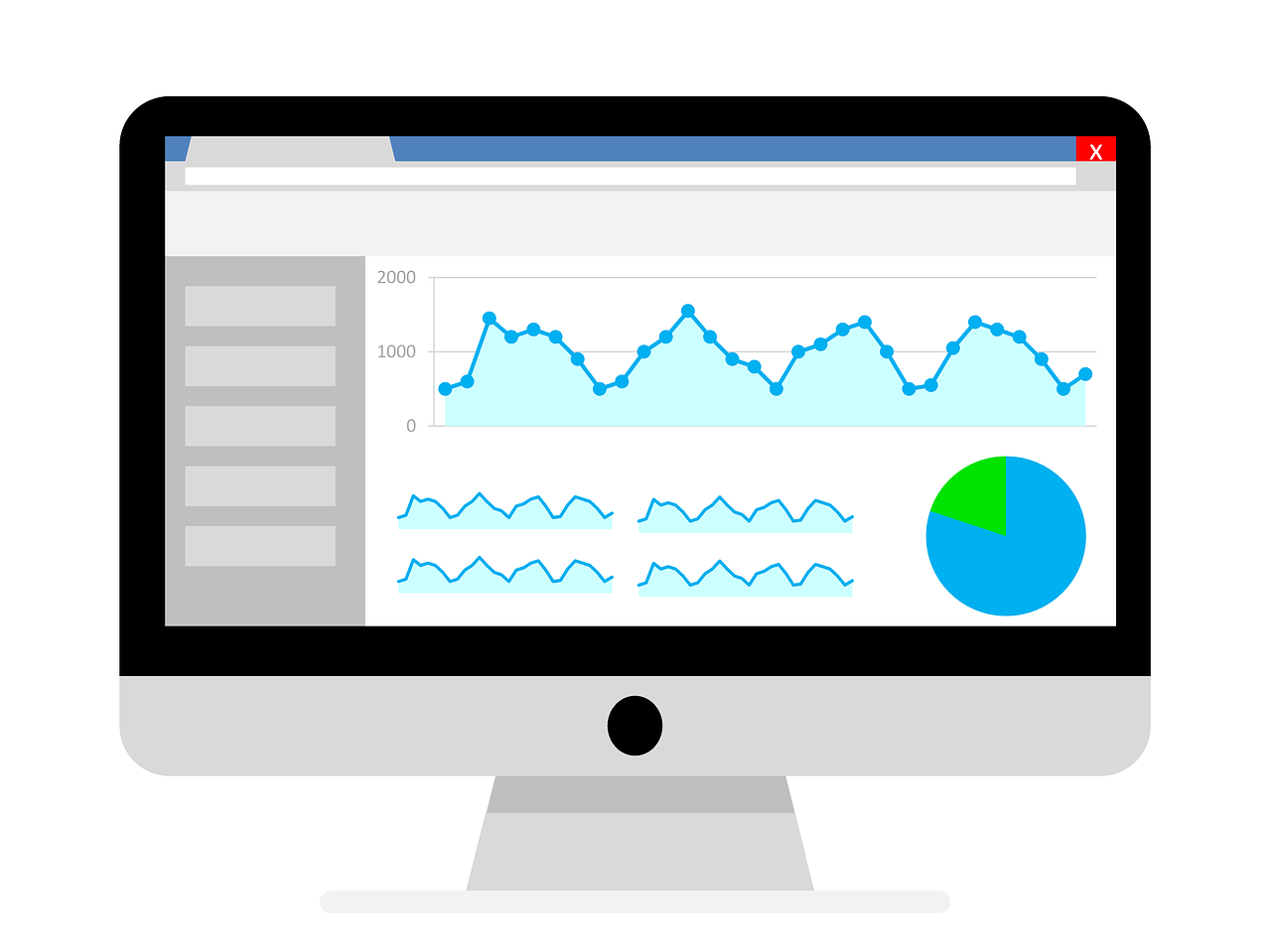How to get Backlinks to your Website in 2020
With the best will in the world, creating valuable content that your audience is searching for and that has been presented in ways that search engines can easily understand simply isn’t enough to guarantee your site a solid ranking position in search engine results pages (SERPs). To outrank the highest performing sites, you need to establish authority.
Google’s own Search Quality Rater Guidelines consistently emphasise the concept of E-A-T. This acronym stands for expert, authoritative and trustworthy. Websites that fail to demonstrate these specific characteristics are often determined to be of a lower quality than sites that do. Websites with a high E-A-T score are rewarded with higher ranking positions and those with low scores will struggle to compete.
How can I boost my site’s authority?
Authority can be obtained by securing backlinks from authoritative websites. Although this might sound like a relatively simple premise, the reality of securing backlinks from the right sites can be more nuanced than you might imagine.
Today there are trillions of links across the web but it is important to remember this golden rule: trustworthy sites tend to link to each other and spammy sites often link to comparably spammy sites. So, who links to your website and how they do so plays a fundamental role in your search engine rankings and thus in driving your organic traffic.
What exactly are backlinks?
Backlinks, which are sometimes referred to as external or inbound links, are hyperlinks that point directly from one site to another. It might be helpful to think of them as being akin to the digital version of the way in which reputation operates in real-life situations. If you were visiting a new town and asked three separate people where you should eat and they all recommended the same restaurant, you would probably feel confident that you were going to have a decent meal.
Links do exactly that for search engines.
Is there a difference between follow and nofollow links?
If you view each link as a vote of confidence, it might be easier to see how situations could arise in which you would want to link to a resource without also giving it your vote. The nofollow attribute is a useful way in which you can to link to untrustworthy or paid-for sources. Notably, however, from March 2020 Google will stop ignoring nofollow links and instead begin to view them as ‘hints’ as to which links should be considered or excluded within search.
What does a healthy link profile look like?
Your link profile provides an overview of the backlinks your website has earned. Search engines will evaluate your link profile to determine how your digital presence relates to others online. Websites with healthy link profiles will often have a balance of follow and nofollow links because although nofollow links won’t necessarily pass on authority, they can be valuable sources of traffic and potentially help you to secure additional follow links in the future.
When webmasters began to understand the full power of links, some started to manipulate the link building process in a bid to boost their search engine rankings, for example by buying links. Although such ‘black-hat’ tactics can still sometimes deliver results, Google has implemented a strict clause in its terms of service that can lead to deindexing, the removal of webpages or entire websites from search results, where sites are found to be manipulating the link building process. As such, it is critical to only utilise white-hat SEO techniques to maintain a healthy link profile.
How do I build high-quality backlinks?
The link building process can look very different from site to site, however one thing remains true across the board: your link campaigns should be closely tied to a set of unique goals and objectives that you want to achieve. This doesn’t mean that there aren’t some universally popular link building methods that can generate positive results for a range of campaigns and these include:
Creating unique, valuable resources
High-quality, highly shareable content can enhance your link profile incredibly quickly, providing that it is promoted in the right ways. Aiming to create something new and unique will boost the shareability of your content, as will addressing a timely topic and framing a subject in a way that elicits strong emotions from your audience.
Obtaining partner and customer links
From sharing testimonials to creating partnership badges to display on your respective sites, there are myriad ways to earn valuable links from loyal customers and/or commercial partners.
Involving yourself in your community
Community outreach, both digitally and in-person for local businesses, can help you to secure some extremely influential and valuable backlinks.
Promoting loyalty programs, running competitions, hosting events or webinars, offering internships and developing mutually beneficial relationships with partner organisations to improve your community, are all authentic ways to demonstrate that you care and elevate the profile of your business and attract further links in ways that will appeal to today’s socially- and environmentally-aware audiences.

